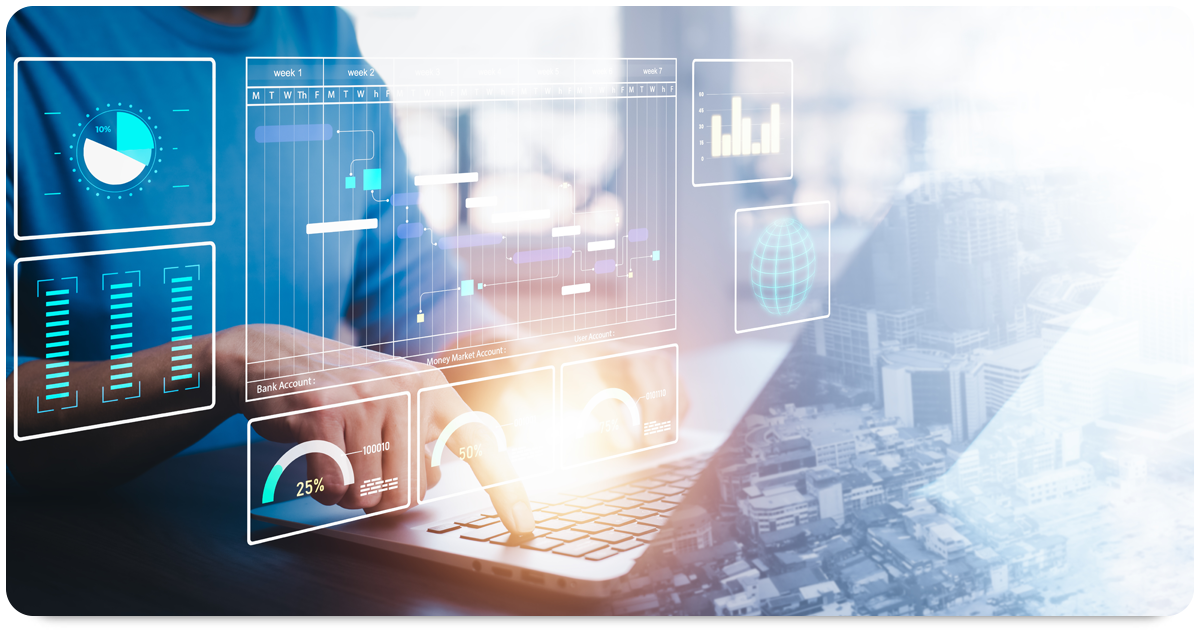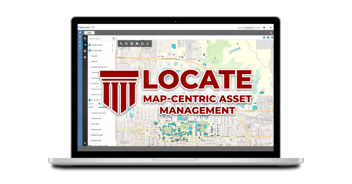IBM Maximo has long been a trusted name in enterprise asset management, but recent moves are raising eyebrows. With IBM pushing its customers toward the latest Maximo Application Suite (MAS 8), businesses are left wondering if this is truly an upgrade—or a costly, forced transition.
While MAS 8 promises enhanced features and a cloud-native platform, the reality of the migration might not be as seamless or beneficial as it seems. In this article, we’ll explore why this push to MAS 8 could leave many organizations facing unexpected challenges, from rising costs to operational disruptions. To make up for all this bad news—we’ll also break down what your options are moving forward, so you can make an informed decision for your organization's future.
Table of Contents
IBM Maximo Version 7.6.1 End of Support
IBM Maximo version 7.6.1 is currently scheduled to reach its end of support (EOS) on September 30th, 2025. After this date, IBM will no longer provide standard support, including patches, updates, and security fixes for this version. Customers who continue using 7.6.1 beyond that point would need to either upgrade to Maximo Application Suite (MAS 8) or seek custom extended support

Read More: The Comparison: FacilityForce & IBM Maximo
What Are My Options?
With IBM Maximo 7.6.1’s end-of-support (EOS) date approaching, Maximo customers need to plan their next steps carefully to avoid potential disruptions. Here are the primary options available:
Upgrade to IBM Maximo Application Suite (MAS) 8
The most straightforward option is to follow IBM’s roadmap and upgrade to Maximo Application Suite (MAS) 8 may not be the best option for all organizations due to several factors. First, the cost of migration can be substantial. Moving from Maximo 7.6.1 to a cloud-native platform like MAS 8 often involves expensive initial investments, including the need for new infrastructure, external consulting, and staff training. Additionally, MAS 8 operates on a subscription-based model, which may lead to unpredictable long-term costs compared to the traditional licensing model of Maximo 7.6.1. Organizations that have heavily customized their Maximo environments may also face difficulties, as these customizations may not transfer smoothly to the new platform, requiring rework and further investment.
The cloud-native architecture of MAS 8 could pose challenges for businesses that are not cloud-ready or operate in industries with strict data security and compliance regulations. Migration itself can also lead to operational disruptions, with potential downtime or slow performance during the transition period. Moreover, smaller organizations or those without complex asset management needs may find it hard to justify the advanced features of MAS 8, such as AI and IoT integration, which may not offer significant ROI in their specific use cases.
Stay on Maximo 7.6.1 with Extended Support
Choosing to stay on Maximo 7.6.1 with extended support can be looked at as a "Band-Aid" for this issue. It offers a short-term solution for organizations not ready to transition to MAS 8, but it comes with several drawbacks. While extended support can keep the system functional, it is often more expensive than standard support, and the level of service provided may be limited. Critical updates, such as security patches, will still be available, but new features and enhancements won’t be, which could leave organizations vulnerable to emerging threats or performance inefficiencies over time.
Additionally, relying on an older version of Maximo means missing out on advancements in asset management technology, such as AI-driven insights and predictive maintenance offered by MAS 8. As technology continues to evolve, maintaining an aging system can lead to compatibility issues with newer software and hardware, further complicating integrations. Ultimately, staying on Maximo 7.6.1 delays the inevitable need for a major upgrade or switch, potentially increasing the cost and complexity of migrating in the future.
Delay the Migration with Risks Involved
Delaying the migration to MAS 8 may seem like a viable option for organizations seeking to avoid immediate costs and disruption, but it comes with significant risks. By postponing the upgrade, companies continue to rely on Maximo 7.6.1, which will no longer receive standard support after September 30th, 2025. This increases the risk of operating with outdated software, making the system more vulnerable to security breaches and compliance issues, particularly in regulated industries.
Delaying the migration could lead to escalating costs down the line, as the organization might face more complex integrations, outdated infrastructure, and potentially larger gaps in system capabilities. The longer the migration is delayed, the steeper the learning curve and operational disruption may be when the upgrade eventually occurs, especially as new features and functionalities introduced in MAS 8 become industry standards.
Evaluate Asset Management Solutions
Evaluating other asset management solutions instead of upgrading to MAS 8 could be the best option for organizations seeking more flexibility, cost-effectiveness, and solutions tailored to their specific needs. By exploring alternative enterprise asset management (EAM) platforms, such as FacilityForce or others, organizations can find solutions that better align with their workflows, industry requirements, and budgets. These alternatives may offer more competitive pricing models, easier customization, increased productivity, and greater control over deployment options, whether on-premise or cloud-based.
Switching to a different EAM solution can free organizations from vendor lock-in, providing more long-term flexibility. For organizations that find IBM's transition to MAS 8 too costly or disruptive, exploring other asset management platforms could lead to better overall value, smoother implementation, and reduced operational downtime and costs
Conclusion
As IBM Maximo 7.6.1 approaches its end-of-support deadline in September 2025, organizations are faced with a critical decision about their asset management future. There are a few options to choose moving forward, but it may be difficult for you to determine which is best for your organization.
To determine which option is best for your organization, it’s essential to conduct a thorough evaluation of your current and future asset management needs. Start by assessing your existing Maximo 7.6.1 system: How heavily customized is it, and how critical is it to your daily operations? Consider the cost and complexity of migrating to MAS 8, including potential disruptions, training requirements, and the long-term value of its advanced features like AI and IoT. If your organization is hesitant about moving to the cloud, the extended support or private hosting options may seem appealing, but it’s important to weigh the risks of running unsupported or outdated software.
On the other hand, if your asset management processes are evolving, now may be the perfect time to explore alternative EAM platforms that offer better alignment with your industry and budget. Involving key stakeholders, IT teams, and third-party consultants in this decision will help you identify the most cost-effective, scalable, and future-ready solution for your organization.
Would you like to learn more?




